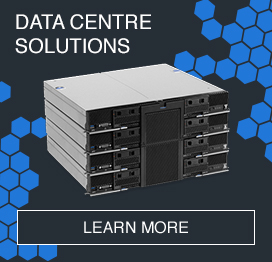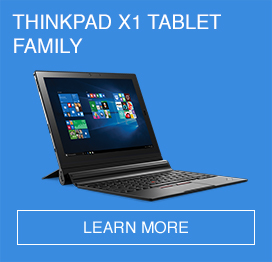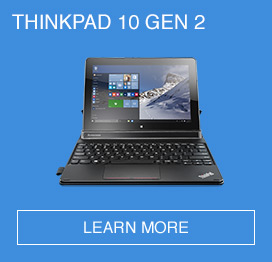Customer relationship management (CRM) has come a long way since the 1980s. In a technology landscape that commoditises by the day, we need our data to measure the customer experience in their relationship with us.
These early systems were often slow and hard to manage, but they set the stage for the streamlined, highly integrated CRM systems that are at the heart of millions of businesses today. The basic idea remains the same: collecting customer data in exchange for special offers and freebies. However, the main thrust of CRM is to align systems and business units around the ordering process.
Integral to this change is the mobile web. Customers previously interacted with businesses from a fixed location – such as their home phones or computers – but it's now mobile phones and other mobile internet devices that dominate the e-commerce landscape. Already one in five Australian adults were mobile-only internet users by 2015, with an average of six internet-connected devices in each household.
With these devices used for everything from phone calls to SMS, web browsing and social media, a much more detailed picture of the customer's journey can be drawn. To the merely transactional, business can now also throw usage, location and application preferences into the mix. And if you feed this data into a CRM system with strong predictive analytics, you will get much smarter recommendations on how to service each customer's current and future needs.
Real-time analytics also play a key part in maintaining good customer relationships. Having a system detect when a poor customer experience has occurred and alert the relevant business people to this is crucial in being able to quickly respond and resolve issues. Also, many systems measure customer satisfaction after an event rather than during the event. Customer relationship experience is more about examining the CRM process in flight and intercepting a poor customer satisfaction issue at more than just the service warrant event.
Marketing, sales, ordering and technical support can also benefit from having a more accurate, granular and consistent view of the customer. It potentially gives you a huge competitive edge over companies that are still delving into spreadsheets and emails for customer insights.
Organisations need to think about how their various departments are structured when moving to a customer relationship experience (CRX) system. For example, the organisation may not be set up in a way that can support changes to CRX, so this needs to be taken into account before adopting and implementing a new system
Being able to define and measure the customer experience during the stages of the relationship is another way to turn your CRM into CRX. This involves compiling data through defined metadata. For example, when looking at mobile device usage, how much of the CRM is being experienced through mobile devices? How could the data be defined, collected and measured?
Going to the cloud
When real-time analytics to the CRM equation is introduced, a key challenge for larger companies is scalability. In other words, companies don't want to lose the ability to make real-time recommendations to your sales force as your customer base grows. The prevalence of high-speed networks makes this viable in theory, but application delivery is still an issue – making sure the back-office equipment running your CRM systems is up to the task.
Businesses have two options. They can host their CRM systems locally and take direct responsibility for scaling it, or they can choose from one of the cloud-based SaaS (software as a service) CRM solutions now on the market. Key advantages of the cloud include cost savings (no spending on server equipment, office space or air-conditioning, and you pay only for what you use), and mobility (a cloud-based CRM can be accessed from any connected device using standard web security protocols, whereas on-site CRM usually requires a virtual private network (VPN) tunnel into a firewalled office network, which can be harder to set up and is less reliable).
One frequently cited concern about a cloud-based CRM is a lack of customisation. However, many companies are still early enough in the maturity of their CRM to make an SaaS solution, such as Salesforce fit-for-purpose 'out of the box'. Here, solutions tend to come with a well-designed data structure that is applicable to most types of businesses.
Business benefits
A mobile cloud-connected CRM can be a powerful productivity enabler for sales staff on the road. During their downtime, they can access it through their mobile devices to update opportunities, contacts and accounts. When sales reps work from home, a CRM system can also help streamline approval chain workflows. A manager may log in at home during commercial breaks, for instance, and browse through queued-up tasks – such as bid proposals – and approve them on the spot.
An advanced CRM system will also integrate cross-functionality. For example, it could calculate a sales opportunity based upon a customer's engagement with your content, or a pricing proposal based on their sales history. This ability to derive insights from a 'single source of truth' leads to a multiplication in efficiencies, a more productive sales force and a bigger sales funnel. Whether this means you successfully convert one more customer a day, or 10 more customers a week, the result is more revenue for the business, greater flexibility for sales reps and, ultimately, more time spent selling.
The benefits go all the way up the management chain. Despite being time-poor, senior executives are still expected to have comprehensive, up-to-the-minute knowledge of the customer or prospect when meeting with them face to face. For example, an executive who's just landed at the airport before a meeting may not be aware of critical service escalations that occurred during her flight. She can get this information out of her mobile CRM client during her taxi ride to the meeting, so she won't be ambushed with it in the boardroom.
Overcoming technical challenges
Not every business is ready to entrust all its customer data to the public cloud. But it still needs a CRM system that can keep pace with the business as it grows, without having to perform a major hardware upgrade every few months. The X6 server family rises to this challenge by providing high-performance CRM application delivery, using a socket-based modular design that saves space, increases efficiency and eliminates the need to replace the server when upgrading.
A reliable, capable client device is also important when you consider the amount of wear and tear mobile work devices tend to suffer. Products such as the ThinkPad X1 Tablet and ThinkPad 10 are ideal for the busy mobile CRM user. They are designed to be thin and light yet durable, and with exceptional battery life – essential when you're closing on an important sales opportunity out in the field.
CRM continues to evolve as mobile web, location-aware apps and social media become important customer channels. Pairing the latest CRM software with flexible, future-ready technology is essential for businesses that want to maintain competitive advantage through better customer relationships.














